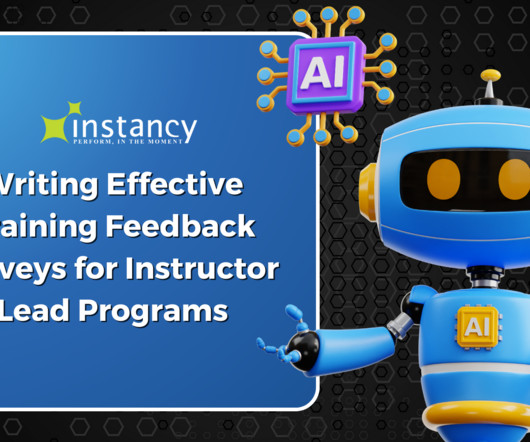The 50:50 learning model
CLO Magazine
SEPTEMBER 16, 2019
Therefore, learning has to be ad hoc and informal. In this context, is the 70:20:10 model (70 percent experiential learning, 20 percent social learning, 10 percent formal learning) still relevant to startup firms? Attitude to take on any and all kinds of tasks. This brings in a practical insight.”.
















Let's personalize your content